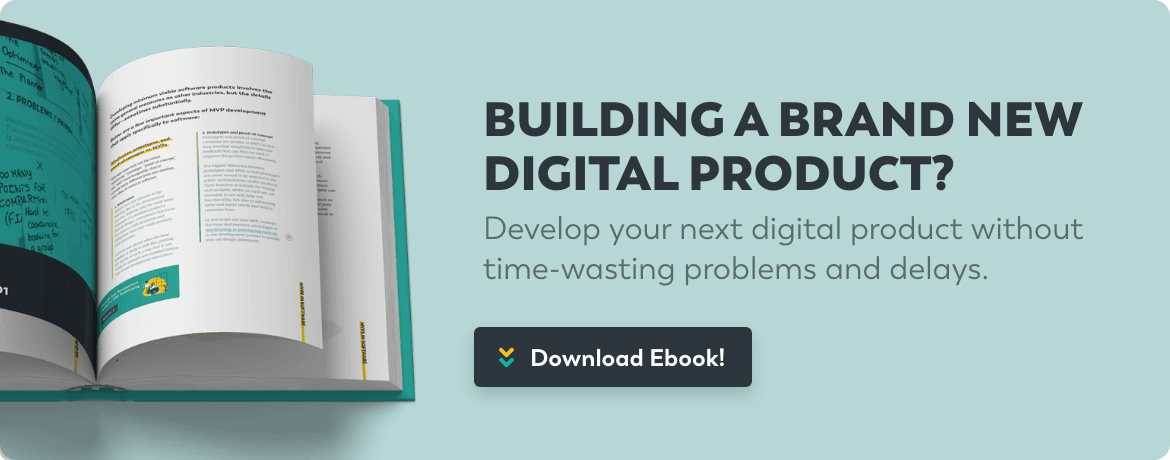There are many moving parts to a profitable SaaS company and these must be developed over time to match market dynamics, customer expectations and the immediate needs of your team members.
SaaS entrepreneurs benefit from a set of advantages unique to its industry. However, they must also overcome a series of challenges to succeed in the market.
So in this post, we’ll cover how to make a SaaS business work in three simple steps.
What is a SaaS company all about?
SaaS companies offer their customers a convenient means of accessing advanced software and tools at an attractive price.
Generally, it’s the pricing model that makes these companies both appealing to clients and profitable. Instead of charging a large, upfront fee for sales of individual tools or bundles, SaaS companies simply charge a monthly fee for users to access the features they offer.
Although monthly subscriptions are the norm in the SaaS space, there are plenty of ways to differentiate your own business’s offering from the crowd. Setting up subscription tiers to appeal to users with different needs and interests is a common way to make your offer more enticing.
This carries the additional benefit of broadening your target user base as well, potentially improving scalability and growth potential over the long term. Plus, SaaS services are typically more accessible, enabling a remote distribution of team members to access needed functionality individually from wherever they are.
How to start a new software company
Creating a software company is similar in many ways to starting any other business. Planning plays a major role in deciding your company’s success. However, just beyond the planning phase, fledgling SaaS companies begin to pull away from other business upstarts with unique launch techniques and challenges all their own. So if you’re wondering how to start a SaaS business, here are three steps to make your journey easier.
First - make a plan
Whether you aim to secure funding to fuel further expansion or you simply wish to plot out a proper course for it to follow as it grows, a carefully constructed business plan is the perfect place to start.
Your SaaS business plan can help answer key questions about the growth and potential for profit within your chosen niche in the software industry as well as highlight potential obstacles. These could be competitors and core differentiators worth considering to maximize your chances of standing out.
Think of your business plan as the initial research and deliberation required to lay the groundwork of your actual organization.
An effective plan is almost like a blueprint you can follow to build a profitable business. But it should also remain flexible enough to account for the uncertainty seen in the SaaS market and the potential for disruption to impact your development decisions.
The importance of flexibility is truly highlighted when it comes to building out your actual product.
Second - test the market with a minimum viable product
Plans are all well and good until the going gets rough and the market responds in ways you never anticipated.
Sure, your plan will definitely need annual amending to keep up to speed with novel developments, but it’s only ever as good as the data you have on hand to back it up. Assumptions made about consumer interests and profitability are nothing more than assumptions until proven otherwise.
Unfortunately, shipping a detailed and expensive to develop product tailored for an imagined customer base can bring about dire results if your initial assumptions were wrong. Cue the minimum viable product or MVP - the perfect way to test the waters.
Your MVP is essentially the smallest, simplest product your team can put together in the least amount of time possible that’s sellable and ideally profitable. A MVP has only the core, critical features needed to drum up genuine interest among your target user base.
This makes it a safer alternative to full-scale, all-in product development processes as the costs of production are significantly lower. Setting features in stone before they’ve been tested leads to sunken costs and potential project wreckage that are best kept at bay with a trimmed-down, lean offering you can change on the fly.
Third - refine your approach
With your MVP launched and user feedback guiding your next moves, you can freely refine your approach over time. Real interaction data trumps assumptions and gives you clear insight into consumer needs.
You can shift your monetization strategy, add or remove features and even develop an entirely different product line altogether based on the results you get from your MVP.
For best results, always work with the best
From day one, it helps to have expert guidance in fleshing out your SaaS company’s vision. VeryCreatives can help. Our team partners with yours to produce digital solutions that balance both quality and business value at all stages of development.
If you’re learning how to launch a software company or you want to take your business to the next level, book a call with us today.
